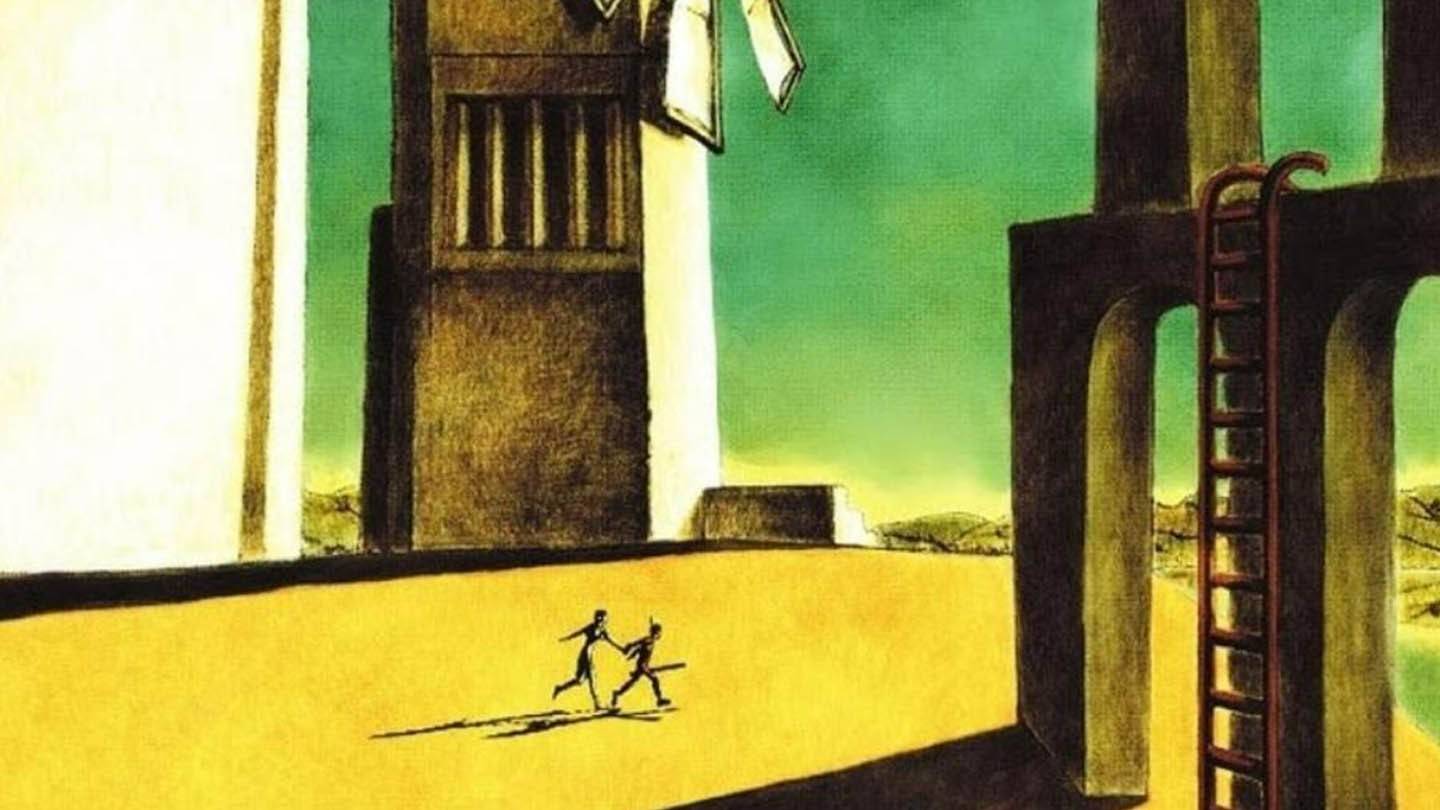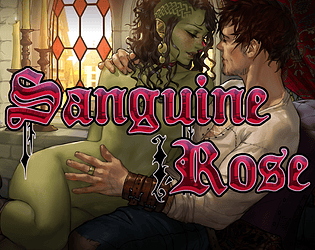
Yoko Taro, the visionary behind acclaimed titles like NieR: Automata and Drakengard, has often discussed the profound impact of ICO on the landscape of video games as an artistic medium. Launched in 2001 for the PlayStation 2, ICO swiftly earned its status as a cult classic, celebrated for its minimalist aesthetic and its storytelling without words.
Taro has praised ICO's revolutionary gameplay mechanic, where players guide the character Yorda by holding her hand. He noted, "If ICO had tasked you with carrying a suitcase the size of a girl instead, it would have been an incredibly frustrating experience." This unique mechanic challenged the conventional gameplay norms of the era, emphasizing the importance of leading another character, which was groundbreaking at the time.
During that period, successful game design was often measured by its ability to remain engaging even when stripped down to the simplest elements, such as cubes. ICO, however, took a different path by focusing on emotional resonance and thematic depth rather than just mechanical innovation. Taro believes that ICO demonstrated that art and narrative could be more than just backgrounds to gameplay; they could be essential elements of the experience itself.
Labeling ICO as "epoch-making," Taro credits the game with altering the course of game development. He commends it for showing that video games could convey deep meanings through nuanced interactions and atmospheric design.
Beyond ICO, Taro has also acknowledged the significant influence of two other games: Undertale by Toby Fox and LIMBO by Playdead. He believes these titles expanded the possibilities of what could be expressed through interactive media, affirming that video games have the potential to offer profound emotional and intellectual experiences.
For enthusiasts of Yoko Taro's creations, his appreciation for these games provides a window into the creative forces driving his own work. It also highlights the continuous evolution of video games as a dynamic and expressive art form.
















